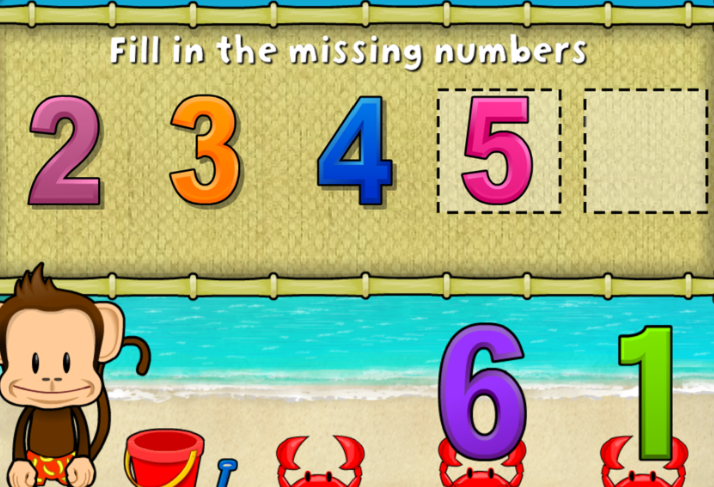Now onto the good stuff! Normally when fall comes I go into a slight depression. My gorgeous summer weather is out the window, the nights get longer, the weather gets colder (and of course we are back to work ;). Usually it takes me a while to warm up (no pun intended) to the idea of fall, but this year I'm embracing it both in and out of the classroom!!!
Last week our theme was the four seasons since it was the first day of fall! We did some really fun activities that I wanted to share with you!
We started off the week with a two day group lesson! Our group activities usually last 20-30 minutes with short tasks to keep students focused and engaged. So we took Monday and Tuesday to do an awesome read aloud and create season wheels!
We read the story "Old Bear" and made Season Wheels. On the second day we had the students change the arrow from summer to fall because it was the first day of fall!
Since it was a short week and our Wednesday was really our fake friday we did a super fun sensory activity: Autumn themed sensory bottles! The kids loved these!! (almost as much as me) and we had a blast making them!
Materials
Empty
Poland Springs Water Bottles
Red/Yellow/Orange
Tissue Paper (cut up)
Unpopped
Popcorn Seeds
Leaves
(from outside)
Glitter
(any other
autumn themed materials)
Food
Coloring (yellow/orange)
Water
Duct Tape
Procedures:
The lesson
will begin by reviewing the information from the day before using the
season wheels that the students created! We will turn our season
arrows to the month of fall and discuss that September 23 (yesterday)
was the first day of fall. We will look at the pictures of fall on
our season wheel and review that in the fall the leaves fall off the
trees, the colors of the leaves change and the colors of fall: red,
orange, gold, yellow, ect, and the temperature gets a little cooler
in the fall.
We will
then be making fall themed sensory bottles using fall materials.
First the students will place leaves into their water bottles to
signify the leaves falling off the trees. Then they will put in seeds
to talk about the different crops (pumpkin, corn, ect.) that grow in
the fall. Then they will put in fall colored tissue paper and gold
glitter to signify the colors of fall. Lastly they will blow air into
their water bottles to signify wind!
The teacher(s) will then fill up
the bottles, put in autumn colored food coloring and duct tape them
shut! TADA!











































